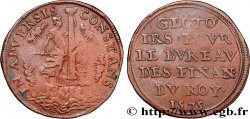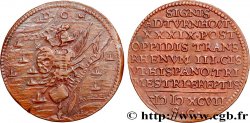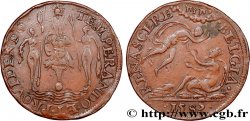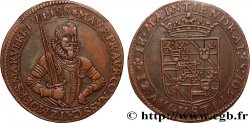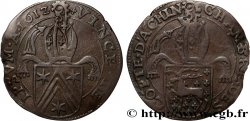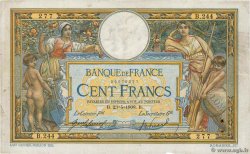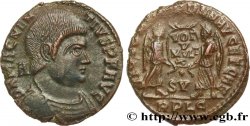Лицевая сторона
Аверс: легенда: FIAT . VOLVNTAS . TVA . CICDC VIII..
Аверс: описание: un Hollandais en prière, protégé par le ciel, reçoit une branche de paix et une épée.
Обратная сторона
Реверс: легенда: FORTITVDO . BELGICA ..
Реверс: Описание: Un faisceau de flèches, accosté des lettres S . C..
Комментарий
Историческая справка
SPANISH NETHERLANDS - EIGHTY YEARS' WAR
(1568-1648)
The Eighty Years' War (1568-1648) was triggered by three revolts of the Seventeen Provinces of the Netherlands against the Spanish monarchy..
The first revolt began with Iconoclasm (1566), a storm of the people who destroyed the ornaments of churches, provoked by a severe repression of Calvinism in the Netherlands. In response, King Philip II of Spain sent the Duke of Alba, who restored order in the Netherlands with an army of 30. 000 well-trained soldiers. He used a reign of terror through the Tribunal of Blood (the Council of Troubles) which condemned many people to death, the most famous examples being the noblemen Egmont and Hoorne, beloved by the people of the Netherlands, who were beheaded in Brussels in June 1568.
The Duke of Alve introduced very high taxes which led to a second revolt: this began on 1 April 1572, when the rebels (\"the sea beggars\") conquered the small town of Brielle.. Other cities in Holland and Zeeland joined the uprising.. The Duke of Alve sent his large army to the northern provinces and wanted to set a terrible example by massacring the population of several towns (Mechelen, Zutphen, Naarden). But other cities in Holland remained loyal to the rebels.. This led to prolonged sieges in the years 1572-1574 (Haarlem, Alkmaar, Leiden) during which the Spanish army suffered heavy losses..
The lack of wages to pay the Spanish army led the troops to revolt in 1576 which resulted in the sacking of the prosperous city of Antwerp.. This \"Spanish fury\" provoked great indignation in Europe. This led to a third revolt, the \"Pacification of Ghent\", which demanded the withdrawal of Spanish troops from the Netherlands.. With the arrival of Alexander Farnese, son of the former governor of the Netherlands and cousin of the king, the Netherlands was divided into a southern faction, the \"Union of Arras,\" which remained loyal to the Spanish monarch, and a northern faction, the \"Union of Utrecht\" (led by Holland and Zeeland), which distanced itself from Spanish authority and was called the Seven United Provinces..
Farnese again had the well-trained Spanish army (the Army of Flanders) at his disposal and recaptured many cities in the southern provinces (Maastricht, Tournai, Brussels, Antwerp). Moreover, the undisputed authority of the Northern Provinces uprising, William of Orange, was shot dead by an assassin in 1584. The rebels' situation became precarious. England provided aid to the rebels with an army. In response, Philip II sent an \"Invincible Armada\" to conquer England, but this invasion failed miserably..
In the years 1588-1607, Prince Maurice, son of William of Orange, conquered large parts of the territory conquered by Farnese. The exhaustion of both sides after forty years of war led to the Twelve Years' Truce (1609–1621) between the Northern and Southern Netherlands, but war resumed as part of the Thirty Years' War, which began in 1618.. From this point on, the Netherlands remained divided into the Seven Northern Provinces (the Northern Provinces, currently the Netherlands), where freedom of religion was well accepted, and the Southern Netherlands (Spanish Netherlands, currently corresponding to Belgium, Luxembourg and Nord-Pas-de-Calais), which remained Catholic and loyal to Spain..
The independence of the United Provinces was finally recognized by Philip IV, King of Spain, in the Treaty of Münster, signed in 1648 alongside the Treaties of Westphalia, which also ended the Thirty Years' War..









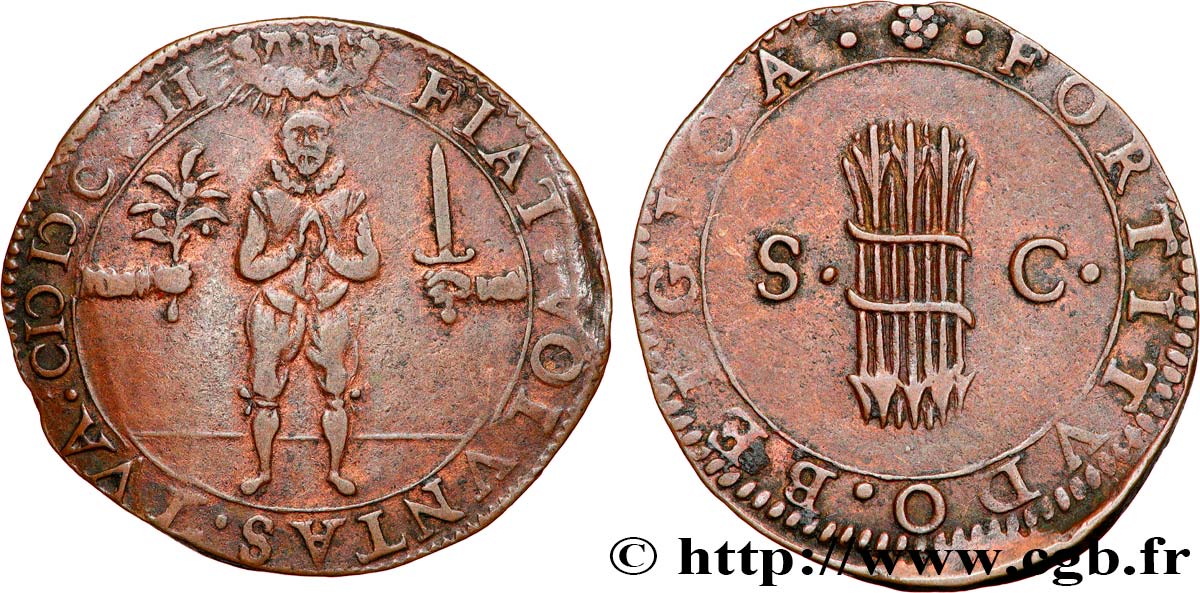
 Cообщить об ошибке
Cообщить об ошибке Распечатать страницу
Распечатать страницу Отправить мой выбор
Отправить мой выбор Задать вопрос
Задать вопрос Consign / sell
Consign / sell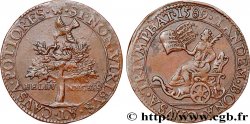
 Информация
Информация